
Whether it's for health reasons or just to look better, many of us want to get in shape. It's a long process that starts with nutrition, and dieting is never easy. Fortunately, there are some great food-tracking apps that will make it a lot easier to become a healthier version of yourself.
According to a study published in the Mayo Clinic Proceedings, only 38% of Americans had a healthy diet (based on the Healthy Eating Index). With easy access to calorie-dense foods and low knowledge of nutrition, many Americans find it challenging to avoid unhealthy options.
Food tracking apps alleviate these problems. By tracking your food intake each day on your iPhone or Android device, you get a clearer picture of your eating habits and where you might be slipping up. It also helps your nutritionist create the right plan for you, as they can see exactly what you are consuming each day. So they're certainly helpful, but the question then becomes, which food-tracking app is best?
Table of Contents
- Comparison Chart
- Methodology
- App 1: Lose It!
- App 2: FatSecret
- App 3: MyFitnessPal
- App 4: Cronometer
- App 5: Yazio
- Summary
Comparison Chart
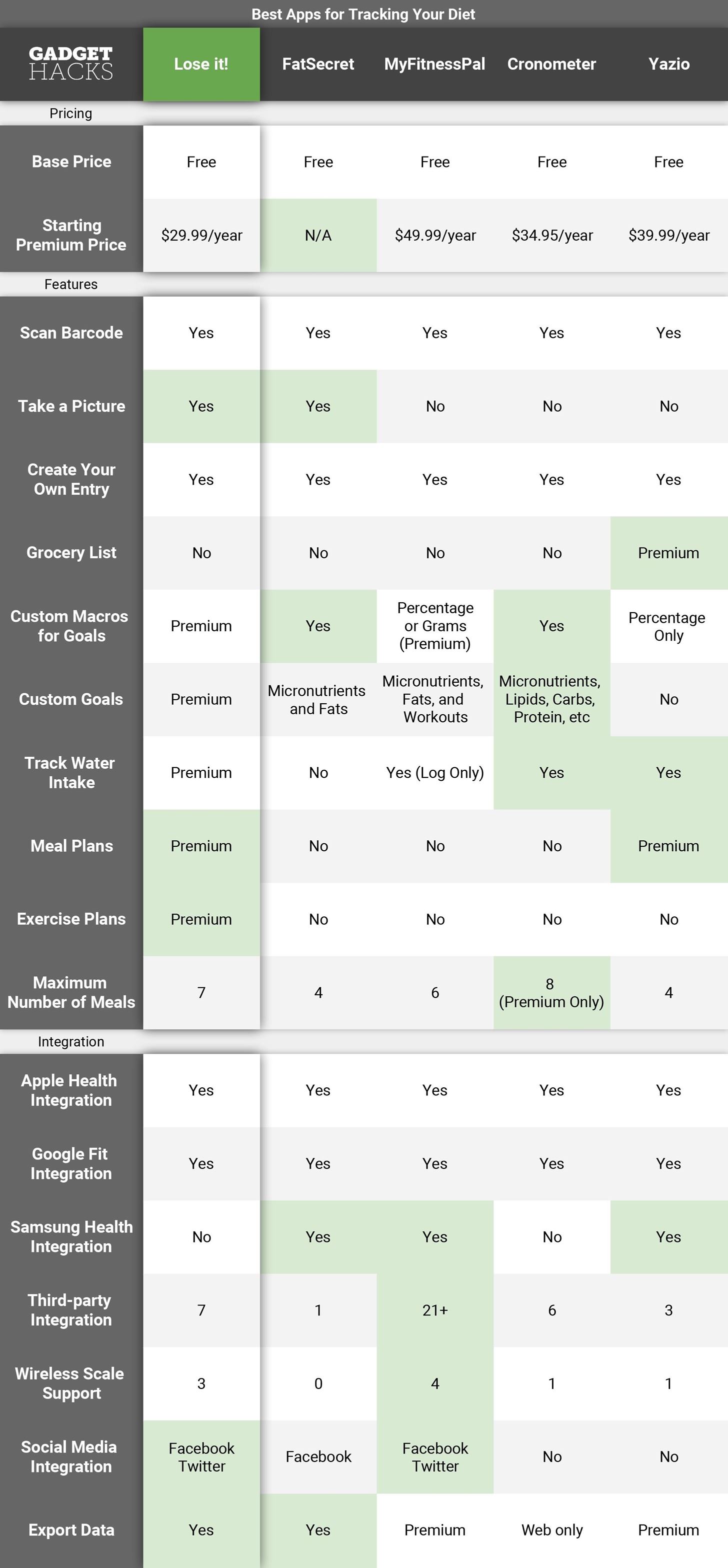
Key Comparison Points
- Base Price: The price for the base service. To make our list, each app had to have a least a free service option.
- Starting Premium Price: The starting cost for the premium service. All but FatSecret offer a premium version. We gave FatSecret the win here since none of its features are hidden behind a paywall.
- Scan Barcode: The ability to scan the barcode (or UPC) of an item to add it to your diary. This eliminates the guesswork of finding the food you ate since only one product is associated with a barcode. To make our list, all apps had to offer this feature.
- Take a Picture: The app includes the ability to take a picture of your food to find an equivalent entry in their database. The app can identify the foods in the image and guide you to the option that best matches what you are eating.
- Create Your Own Entry: The app allows users to create entries when the food they are consuming hasn't been added to the database.
- Grocery List: The ability to create a grocery list from the previous diary entries, meal plans, and recipes provided by the app. Only Yazio has this feature.
- Custom Macros for Goals: How macronutrients (fats, carbohydrates, proteins) can be adjusted in the app. Apps will either offer the ability to modify each macronutrient individually using percentage points or (for more precision) per gram.
- Custom Goals: The ability to set daily targets for things other than total calories. These can include specific micronutrients (e.g., vitamins and minerals), exercise, calories burned, specific types of fats, and more.
- Track Water Intake: The ability to track daily water consumption. Of all the apps which support the feature, only MyFitnessPal doesn't report consumption.
- Meal Plans: Diet plans for a duration of time. The plans will include what food to eat over the course of a period (and their recipes).
- Exercise Plans: Because exercise is so important when it comes to your health, some apps include workout plans to help you burn calories.
- Maximum Number of Meals: The maximum amount of different meals that can be logged into your diary. All apps start with four: Breakfast, Lunch, Dinner, and Snack. However, Lose It! and MyFitnessPal allow you to add additional meals. Increasing this number assists those of the school of thought that small but more frequent meals are better than bigger but fewer meals.
- Apple Health Integration: The app can sync data from Apple Health. The Apple-exclusive service is an all-in-one fitness app that can monitor several of your vitals. When tracking this data along with your food consumption, you can have a complete picture of your health.
- Google Fit Integration: The app can sync data from Google Fit. This app is Android-exclusive and offers a similar service to Apple Health.
- Samsung Health Integration: The app can sync data from Samsung Health. With Samsung being the largest smartphone OEM in the world, we believe its fitness app (that's exclusive to Android devices) should be supported as well.
- Third-party Integration: The number of third-party fitness apps and activity trackers supported. These include Fitbit, Microsoft Health, Garmin, and more.
- Wireless Scale Support: The number of wireless scales supported by the app. Wireless scales record your weight and other information each time you step on them and can sync this data with food tracking apps. This makes it easier to track your weight as you cut (lose weight) or bulk up (gain weight).
- Social Media Integration: The social media platforms supported by the app. With these integrations, users can share their journey with their friends and family.
- Export Data: The ability to export data to a spreadsheet. Data includes your food diary, reports, and other tracked information.
How We Selected These Apps
First, we only considered apps that supported both iOS and Android. We don't believe in isolating one community unnecessarily.
Additionally, we decided that every app on this list must have a free service option. Not everyone wants to spend money on an app or be charged a monthly fee for something they are not sure they want to commit to. We looked specifically at free services that may have a premium option with a monthly or yearly subscription.
We also required that each app have the ability to display detailed reports, including a breakdown of not only your calorie consumption but micro and macronutrients. When it comes to health, tracking daily consumption of micronutrients is key, so the app should provide a way to monitor this (even if it doesn't allow you to set it as a goal). And because individuals have different schools of thoughts when it comes to nutrition, we didn't want to prevent those who prioritize macronutrients from using our recommendations.
Finally, the apps must, at a minimum, let you log food by text and by barcode scanning. Since UPCs can help you find the exact items you are looking for to add to your diary, we believe it was necessary for the most accurate log.
App 1: Lose It!
A surprise to me, Lose It! tops our list. Currently residing in the top 20 most popular health and fitness apps on the Play Store, this food tracking app has everything you need. And while you will need the premium version to access all of the features, it is the cheapest premium service on our list at $29.99 a year (excluding FatSecret, which doesn't have a premium tier).
As the name implies, Lose It! focuses on losing weight. For most, this won't be a problem. However, some folks aren't looking to lose weight, but rather gain weight. Unfortunately, with this app's inability to automatically provide calorie recommendations for those individuals, I would recommend looking elsewhere. While you can adjust the maintenance recommendations they will provide, there are apps that automate the process.


Lacking support for those wishing to bulk up is disappointing since Lose It! offers the highest maximum for individuals meals. Lose It! allows you have up to seven different meals, labeling them as snacks. This feature is helpful for those bulking since it's easier to eat six smaller meals than three big meals.
With multiple options, no app makes it easier to log food in than Lose It!. Besides scanning a barcode and searching via text, Lose It! offers the ability to take a picture. Known as Snap It, you can snap a picture of your meal and the app will guess what exactly you are eating. It will pull several matching entries from its database where you can select the closest entry. It's more gimmicky than useful, but it is a welcome addition.
Besides calories, you can set some different goals to track each day. For example, you can track specific micronutrients, your body fat, and even body measurements. You can even set a water intake goal to remind you to drink enough water for the day. However, this requires the premium service.


Lose It! also offers a DNA kit. For $69.99, you can have embodyDNA analyze your DNA for clues on your nutrition and fitness. Early research suggests that genes can be used to determine certain traits about your diet and ability to perform physical activity that might hinder or propel your progress.
To motivate you, Lose It! has a point system. There are challenges you can participate in which award you points for accomplishing a certain task. These include daily logins, doing a certain amount of an exercise, and more. At the end of the challenge, you're ranked against all participants and gain the pride and glory of beating whoever is below you. It is a fun system which won't appeal to those that aren't competitive.


Lose It! is the best option for anyone looking to shed some pounds. Not only does it have an extensive list of features, but it has the cheapest premium version at $29.99 a year. It offers the most ways to log new food entries with it Snap It and it lets you track your water consumption. Except for those who wish to bulk, there is really no better option than Lose It!.
App 2: FatSecret
FatSecret has one significant advantage over all the other apps on our list: It's completely free. There is no premium version or in-app purchases. But due to its lack of subscription costs, there are fewer features and less third-party integration.
One of the more unique features of FatSecret is FatSecret Professional. This feature allows you to connect your dietitian, trainer, doctor, or health professional to the app to share your data with them quickly. Instead of having to bring your phone, your medical professional can be alerted to your progress as soon as it happens.
Unlike every other app on our list, adjusting macronutrients by grams doesn't require a premium version. Both methods of adjusting (by percentage and by grams) are available, free of charge.


Exporting your data to a spreadsheet is also free, unlike its competition. And, unlike Lose It!, you can export this data using the app itself.
While FatSecret does support third-party fitness apps, it is limited to only Fitbit, Google Fit, Apple Health, and Samsung Health.
One issue I did run into is logging food. Unlike the previous two apps, there were a number of food items I had to add to the database that were already added to Lose It! and MyFitnessPal. But on the flip side, FatSecret is the only other app to support taking pictures of food to identify what you are eating (although it is pretty inaccurate).


There isn't anything wrong with FatSecret, it's more what it lacks. If you decide to make this your app of choice, don't expect to import exercise data from exercise machines and blood pressure monitors. Don't expect to connect your Twitter account to tweet your progress (although, Facebook is supported). Instead, get a completely free food tracking app that does a great job at just that.
App 3: MyFitnessPal
MyFitnessPal is the most popular app on our list. It currently has the highest ranking of all the apps on our list in both the App Store and Play Store for Health and Fitness apps. Thanks to being purchased by Under Armour, it easily has the most third-party integration, so it's able to sync data with everything from Fitbits to heart rate monitors. The biggest disadvantage is its premium version, which is the most expensive on our list, and somewhat necessary.
MyFitnessPal makes it easy to add new entries to your Food Diary. You can manually search (via text), or you can scan the barcode of the item to pull up the nutrition facts, which is also the best way to find exactly what you consume. MyFitnessPal even lets you import online recipes to add to your diary. This way, if you saw something interesting online to prepare, you don't need to add each ingredient manually.
However, we don't always eat at home. According to MyFitnessPal, a little less than half their users eat out at least once a week. That's why MyFitnessPal has worked with over 500,000 restaurants around the country to get calorie and nutrition information for items on their menu. As a result, even when eating out, you can still stay on track with your diet.


Like many food tracking apps, MyFitnessPal allows you to log the calories you burn via exercises. Weight loss occurs when you enter a caloric deficit (and gain occurs when you enter a surplus), with exercise assisting with the former. Many of us track our physical activities with activity trackers and smartwatches, which MyFitnessPal supports. Over 21 different third-party fitness tracker brands are supported by MyFitnessPal, far more than any other app on our list.
The biggest problem with MyFitnessPal is its paywall. Starting at $49.99 a year, MyFitnessPal is $20 more than Lose It! and $50 more than FatSecret (which is free). However, unlike the other two apps, many of the same features require the premium version. The features included are similar, which makes the large discrepancy in price so alarming.


There are also a couple of questionable decisions with the UI. For example, Quick Add (which lets you quickly add the calories and macronutrients of an item to your diary) requires the premium version if you want to add the macronutrients of an item. Also, while you can log your water intake, there's no way to set reminders or track your consumption over the course of a period of time.
However, with its extensive third-party integration, easy to use design, and ability to log restaurants' menu items, MyFitnessPal is the best choice for food tracking. It is easy to see why this app has been downloaded over 50 million times on Android alone.
App 4: Cronometer
What makes Cronometer stand out is its ability to track nutrients. Without having a pay a thing, you can monitor a specific aspect of your diet to get more or less of a particular nutrient, amino acid, and so on. While it does limit some standard features to its premium service, it's still a great app to use even if you stick with the free version.
Cronometer is one of the best apps on our list for tracking specific components of your diet. Whereas only two others on our list let you set goals for various micronutrients and fats, Cronometer goes further. Without paying a dime, you can track specific types of fats such as polyunsaturated fats or saturated fats. But tracking doesn't stop there. You can take it a step further and check specific polyunsaturated fats such as omega-3 and omega-6.
Protein can also be tracked down to individual amino acids. You can track 19 of the 20 amino acid that make up each gram of protein (the exception being glutamine). Other trackable information includes net carbs, fiber, sugar alcohol, maltose, lactose, glucose, water, caffeine, alcohol, ash, and so much more.


There is also the ability to track macronutrients, the components which determine the number of calories a food contains. Cronometer not only lets you adjust your daily allowance based on percentage or grams, but it also allows you to customize these based on popular diets. For example, you can track your macronutrients for the Paleo diet (which favors high amounts of fats over carbs and protein) or ketogenic diet (which favors high fats and protein with almost zero carbs).
However, Cronometer's help doesn't stop there. If you sign up for the Gold version, you can access the Oracle, a feature which lets you find food suggestions based on specific nutritional targets. For example, you can ask the Oracle for a low carb food when you are hungry but don't want to go over your macronutrients for the day or food high in a specific vitamin to meet your daily target.



Cronometer also has one of the more accurate databases we found. Unlike some of the other apps on our list, Cronometer's database comes primarily from three sources: comprehensive government and institutional laboratory analysis, nutrition labels, and user submissions. All entries are labeled according to the source of information. Food submitted by a user is excluded from the main database and reviewed by Cronometer before being accessible to ensure the data is accurate.
The "My Profile" tab displays a host of useful information to your diet/weight altering journey. It is one of the only apps to list both Body Mass Index (BMI) and Basal Metabolic Rate (BMR). BMI is a somewhat flawed measurement of your level of obesity based on your current height. BMR gives a rough estimate as to the number of calories used by your body to perform basic bodily functions. Having such information widely available will only assist you in making nutritional decisions.
However, Cronometer does have several limitations that will make this a hard choice for some. The main weakness is that, to divide food into categories such as breakfast, lunch, and dinner, you must pay for the Gold version. There are no pre-made meal plans for those not wanting to figure out what to eat. The Oracle can make suggestions based on what you consume, but there are no daily or weekly plans to follow. There is no Samsung Health integration, and while Cronometer assures me that it's high on their list for future integration, it's still lacking support as of this writing.



Overall, Cronometer is ideal for those looking to truly control their diet. Thanks to its extensive tracking abilities, you can fine-tune your diet to get the exact amount you need of each nutrient. While the free version is pretty comprehensive, the lack of categorizing your food and access to the Oracle makes the Gold version a consideration, with pricing starting at $5.99 a month.
App 5: Yazio
Yazio has an appealing design using a range of colors and high-resolution photos. Details, such as micronutrients, are tucked away, making such data easy to access while not scaring off new users. One of the least intimating apps on our list, it ultimately falls short due to its limited free version.
Nothing is worse than starting a diet and not having any healthy food to eat. Fortunately, Yazio helps you with this by allowing you to create grocery lists. Using recipes, meal plans, and your own food you previously added, you can create a grocery list for your next trip to the supermarket. However, it requires the pro version and only works on Android.


Analysis of your diet is limited in the free version to just day-to-day. To analyze your food diary week-to-week or month-to-month, you will need the pro version as well. Exporting data to a spreadsheet is also pushed behind the paywall. Recipes are also available in the pro version for healthy cooking ideas.
Adding exercises is pretty simple with an extensive database for various aerobic exercises, including sports. However, similar to the other apps on our list, adding an exercise is limited to duration without any accommodation for various training styles such as HIIT (high-intensity interval training). It's also pretty inaccurate, depicting calories burned primarily from the standpoint of someone working out at a very low intensity.



There are simple challenges for things such as no chocolate, no sugar, and no sweets. Selecting any of these starts a timer that will go on until you stop it. The idea is that if you have a craving but see how much time has passed on the counter, you would be reluctant to press the button, which is labeled "I give up!"
Water is trackable for free but is oddly limited. You can't set a goal higher than 170 fl oz or 1.328 gallons. For those of us wanting to drink more than that, you can't actually track it. Also, reminders for water aren't configurable beyond enabling them (or not). There is no way currently to set reminders throughout the day to help you reach your goal.
While its design choices are friendly and welcoming, Yazio's inability to separate itself from its competitors with similar premium choices ultimately lands it in its current position. While it is a good choice, there are better options.
Conclusion
Tracking your daily food intake is the first step to a healthy diet. By logging what you consume each day, you get a detailed picture of your diet and highlight changes you can make. When using any of the apps on our list, you can not only track your food, but so much more.
When it comes to the best balance of features and cost, Lose It! is our top pick. Not only does it offer the same abundance of features as MyFitnessPal, but its premium version is $20 cheaper. Its meal and exercise plans help separate it from the more popular choice and will help you along your journey. However, for those looking to gain weight, MyFitnessPal is a better option due to Lose It's inability to automate calorie requirements.
This article was produced during Gadget Hacks' annual Health & Fitness special coverage. Read all of the Health & Fitness series.
Just updated your iPhone? You'll find new emoji, enhanced security, podcast transcripts, Apple Cash virtual numbers, and other useful features. There are even new additions hidden within Safari. Find out what's new and changed on your iPhone with the iOS 17.4 update.


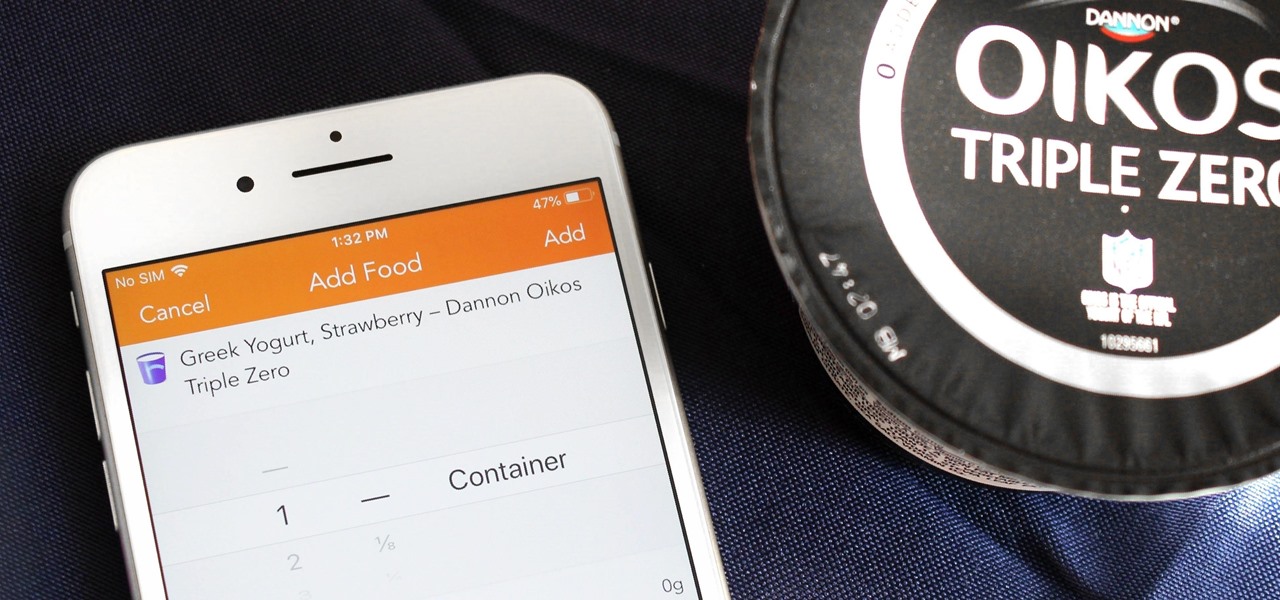

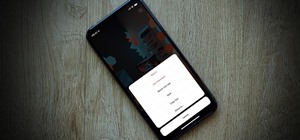





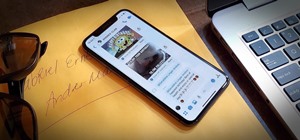
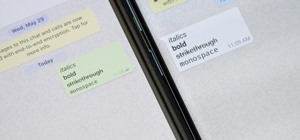
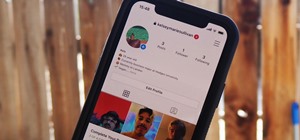
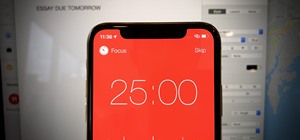

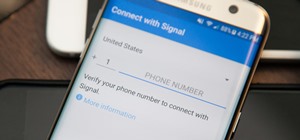

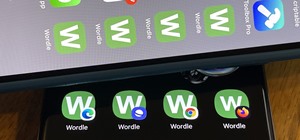

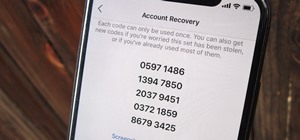
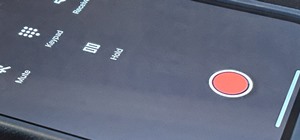


2 Comments
I'm trying to use Google Fit but can't seem to get the nutrition info from any nutrition apps into the the GF app. The nutrition apps are cluttered with ads, and I'd like to use GF as my main dashboard. But, I can only seem to get activity syncs going out of GF and not nutrition info into GF on a separate nutrition card. Any ideas?
I tried to sync the data using Lose It and I was able to get it to work. Go to the App & Devices page and Google Fit. Select connect then click Setting. Under Other Setting, enable "Read/Write Food and Nutrients."
Share Your Thoughts